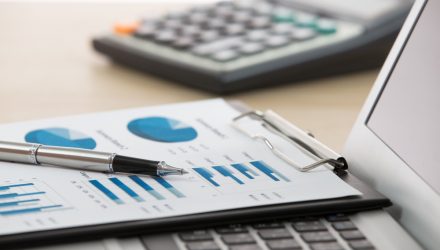What do investors think of when they think of active ETF investing? For some, active investing’s ability to navigate volatility stands out. Rather than simply following an index through hell or high water, an active manager will adapt to boost performance. However, with the Chicago Board Options Exchange’s CBOE Volatility Index, or VIX, at a low, some may question active’s benefits. That should remind investors, though, that active can also find standout performers in calm times, too, navigating towards the best returns.
The VIX may be sitting at 14.3 right now, but that can present some intriguing opportunities for active ETF investing. While index managers have to follow the same rules regardless of the market situation, active ETF managers never see a market as “boring.” In many ways, the best time to look past the “accepted wisdom” of the market comes when everyone agrees. Whether a lack of volatility comes in difficult times or during a boom, active managers can look deeper.
See more: “Three Keys to Active ETF Investing in 2023”
Active ETFs also allow broader investor access to asset manager expertise that previously only certain investors could access. Active strategies bring bespoke, proprietary thinking and real-time trading responsiveness to anyone who can buy a share in an ETF.
Actively-managed funds have other benefits compared to their active mutual fund cousins that claim similar market navigation skills. ETFs with active managers often charge lower fees thanks to the other efficiencies available in the wrapper. Taken together, investors can see some clear advantages to leaning on active ETFs over passive funds in times of high or low volatility.
T. Rowe Price offers a lineup of active ETFs that bring to bear all kinds of expertise. Whether focused on equities or fixed income, growth or income, T. Rowe has options. Investors can consider strategies like the T. Rowe Price Equity Income ETF (TEQI) or the T. Rowe Price U.S. Equity Research ETF (TSPA), for example.
For more news, information, and analysis, visit theActive ETF Channel.








